Description
Paroxetine is a selective serotonin reuptake inhibitor (SSRI). It was approved by the FDA in the early 1990s. A unique feature of this drug is that it is highly potent and selective in its inhibition of serotonin reuptake and has little effect on other neurotransmitters. Because of its potent inhibition of serotonin reuptake; paroxetine is more likely to cause withdrawal effects upon cessation. Paroxetine is well tolerated in most patients with a similar adverse effect profile to other members of its drug class. The controlled release formulation was designed to decrease the likelihood of nausea that is sometimes associated with paroxetine.
MODE OF ACTION:
Paroxetine enhances serotonergic activity via the inhibition presynaptic reuptake of serotonin by the serotonin (SERT) receptor. This inhibition raises the level of serotonin in the synaptic cleft, relieving various symptoms. This drug has been demonstrated to be a stronger inhibitor of serotonin reuptake than other members of the same drug class, including Citalopram, Fluoxetine, and Fluvoxamine.
Paroxetine shows a clinically insignificant affinity for adrenergic alpha-1 and alpha-2 receptors and β-adrenergic receptors, dopamine D1 and D2 receptors, histamine H1 receptors and serotonin 5-HT1A, 5-HT2A and 5-HT2C receptors. This drug shows some affinity for muscarinic cholinergic receptors and 5-H2B receptors. The delayed onset of paroxetine therapeutic effects may be explained by the initial paroxetine actions on the 5-HT neurons.
Dosage
| Indications | Starting Dose | Maximum Dose |
| MDD | 25mg/day | 62.5mg/day |
| PD | 12.5mg/day | 75mg/day |
| SAD | 12.5mg/day | 37.5mg/day |
| PMDD | 12.5mg/day | 25mg/day |
Maintenance Dose: 12.5 mg per day at intervals of at least 1 week
Disclaimer:
This information is for registered medical practitioner only. Anyone other than medical practitioner should consult medical practitioner before using this product.

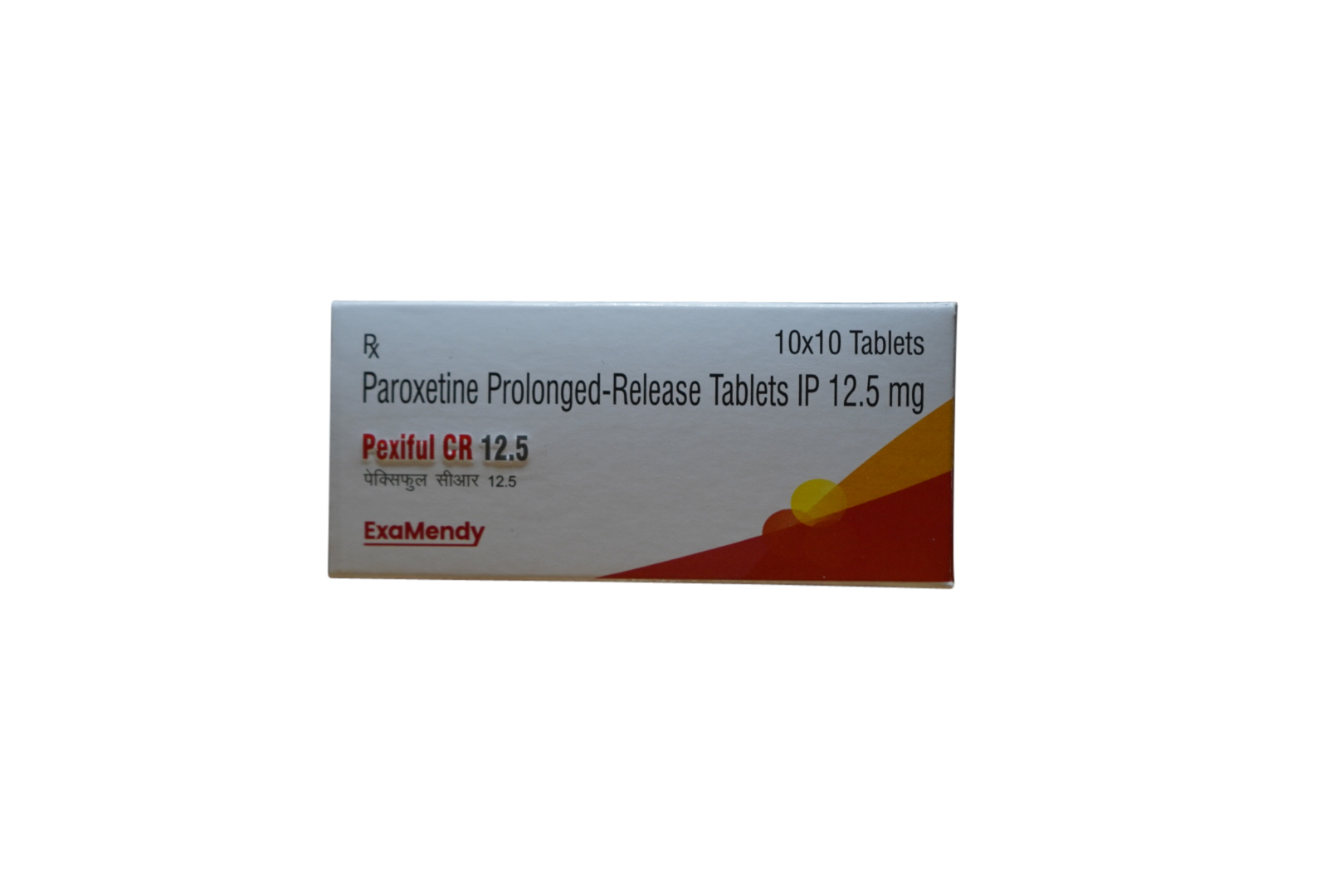
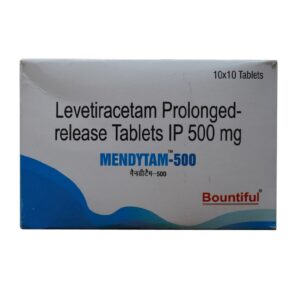
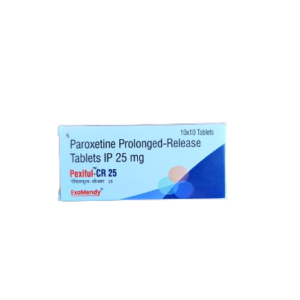
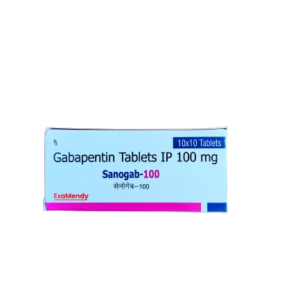
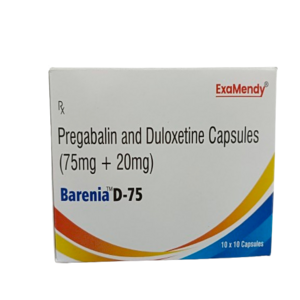
Reviews
There are no reviews yet.